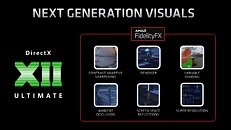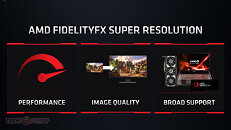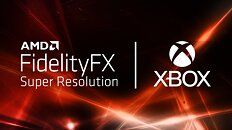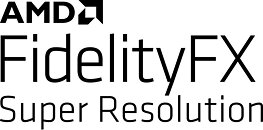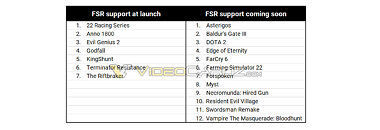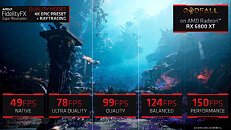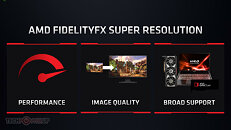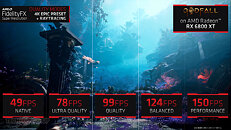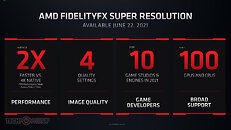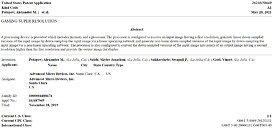AMD's DLSS competitor FidelityFX Super Resolution (FSR) is going to be launched in a mere five days, on June 22nd. When AMD announced the technology
last month, they used Godfall as a showcase for the improved performance characteristics of the technology, which should aid (particularly) in raytracing.enabled games. Being open source, AMD's FSR also supports NVIDIA's graphics cards, meaning that any game that bakes in support for the technology can be taken advantage of by PC players irrespective of GPU brand.
In the meantime, the launch titles for FSR have become known, and there are seven of them, though they're relatively small hitters (Anno 1800 is one of the supported games at launch). However, support for FSR is expected to launch in the near future for 12 more games, including heavy-hitter Baldur's Gate III, DOTA 2, Far Cry 6, Myst, Resident Evil Village and Vampire the Masquerade: Bloodhunt. Besides these closer-to-the-horizon games, a number of developers have announced they're working on integration FSR on their workflows, including Crystal Dynamics, Focus Home Interactive, Capcom, Ubisoft, Unity, Electronic Arts & Dice... A total of 44 developers in all, Of course NVIDIA's DLSS supports much more games - but remember it has two years in the market going for it, and remember that DLSS 1.0 wasn't all that good. So comparisons with NVIDIA's solution and claims of failure or disappointment on AMD's technology might be slightly too early judgments, especially considering how this tech has also been announced to be supported by Microsoft's Xbox Series X|S consoles.








